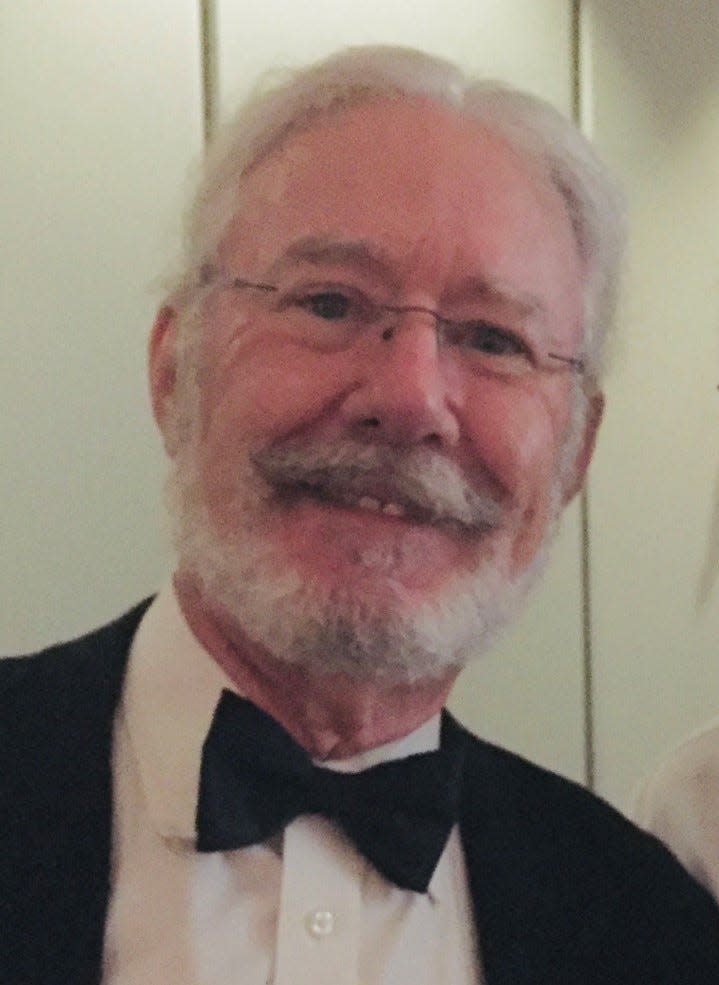Opinion: Court procedures key in extending statutes of limitations in sexual abuse cases
- Oops!Something went wrong.Please try again later.
When I was a young lawyer I was asked to write a Statute of Limitations chapter for my State Bar’s Civil Practice Manual. I no longer have my research materials, but at the time I looked, in depth, at the then-existing statutes of limitations and the history of the concept of time-limiting otherwise legitimate lawsuits. To my surprise, the sole, historic purpose for these limitations was to insulate the court system from having to litigate stale, often unprovable claims.
With the passage of time many lawyers and judges have lost sight of this origin of statutes of limitations. While lawyers in litigation certainly perform the role of assuring that the limitations that exist are honored, these statutes exist for their historic purpose of regulating the court system, and not to create a litigant’s right.
Anyone with the slightest experience in a court system knows there are usually two, and often many more, sides to every story. And, much of the time, contradictory versions of a story are not the product of perjury. People simply remember events differently, and their perspective can be strongly influenced by factors other than what a video would show. It’s simply human nature.
Over the past 30-plus years there have been numerous articles in professional journals with solid conclusions that eyewitness testimony can be very unreliable, especially when recounting old events. Memories can fade with time; intervening events cause memories to become embellished; strongly-held personal philosophies can generate false memories; fact suggestions from well-intentioned advisers have been shown to become reality to the client. PTSD can wreak havoc on some memories and hypnosis to recover suppressed memories has not received much court approval.
It is also important to remember a claimant’s memory of old events is not the only available proof of what happened. Other eyewitnesses may be available to verify or contradict a memory. Occasionally the perpetrator of sexual abuse will agree with the victim and even express remorse. Physical evidence, such as DNA, photographs or documents can corroborate or disprove a stale claim.
More: Adult victim wins $1M against child sex abuser, coach at former Asheville Christian school
More: Asheville dental patient with broken jaw loses appeal to NC's second highest court
These are some of the compelling reasons why examining testimony under the “microscope” of a court proceeding, with in-depth cross-examination and the traditional rules allowing discovery and rules of evidence is so critical in resolving conflicting stories and stale claims. We have the courtroom tools to do exactly that. These courtroom techniques are essential parts of the Anglo-American legal system, having been developed over hundreds of years. As early as the 12th century (King Henry II of England) Royal Writs called upon witnesses to appear “in presence of me or my justices to make recognition in the matter,” i.e., subject themselves to careful cross-examination.
Subjecting one’s self to being a witness in a court proceeding can be a brutal, emotional experience, forcing a victim to vividly recall painful events. For that reason many sexual abuse claims are never filed. News reports of criminal cases resolved with a lenient negotiated plea frequently point to the compassionate desire to spare a victim from the further trauma of being cross-examined by a skilled lawyer. A potential claimant in a civil case must decide whether pursuing the claim is worth the trauma. Prosecutors in criminal cases make tough decisions after consulting with victims and their families. But, society has yet to find a more accurate way of testing the validity of an accusation, the accuracy of a sexual abuse claim. Mr. Spock’s “mind meld” is not yet available for court use.
More: Editor: Open call for women to share their voices, during Women's History Month and always
Attorneys who use cross-examination are easy to resent and vilify. However, they are just doing their job of representing their client within well-established court rules. And, yes, there are rules and sanctions designed to prevent improper, excessive cross-examination. Even when these rules are honored, being a witness can be a grueling experience.
Fast-forward to today’s trend of extending statutes of limitations to allow victims of sexual abuse an opportunity to file claims that would be otherwise barred. This puts the courts back into role of litigating some very stale claims. So, is this a good or a bad thing? Like beauty, it is in the eye of the beholder. Numerous legislatures have concluded that forcing courts to litigate this class of stale claims is outweighed by the public interest of allowing victims of sexual abuse to have their belated day in court. Will this open the door to false, frivolous or unprovable claims? Of course it will. No court system is perfect, but we can be confident the tools we have for examining old and conflicting testimony will usually work to seek the truth.

McFerrin Smith lives in Black Mountain. Smith is a retired judge, former faculty Stetson University, volunteer with Blue Ridge Parkway, NPS.
This article originally appeared on Asheville Citizen Times: Opinion: Extending statutes of limitations for victims of sexual abuse

